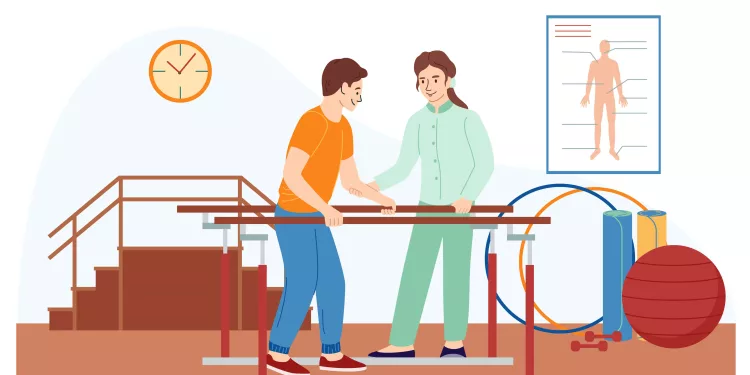Physical therapists are an essential part of the healing process for millions of people. They work in conjunction with doctors, surgeons, and other medical professionals to help patients recover from injuries, manage chronic conditions, alleviate pain, and increase their mobility. This field of the medical industry offers a variety of rewarding career paths for those who are interested.
Their expertise is pivotal in assisting patients to recuperate from injuries, control persistent health issues, mitigate discomfort, and enhance their overall physical function. For individuals drawn to a career that combines compassion with scientific knowledge, the field of physical therapy offers a plethora of fulfilling opportunities. If you fall into that category, take a look at some of the possibilities.
Clinical Practice

Clinical practice represents a foundational career path for physical therapists, offering a broad spectrum of opportunities to impact patient lives in various healthcare settings.
Within hospitals, clinics, rehabilitation centers, and specialized facilities, physical therapists engage directly with patients, employing their expertise to diagnose, treat, and manage a wide range of physical conditions.
This direct patient care is not only rewarding but also enables therapists to witness firsthand the progress and breakthroughs their patients achieve.In this type of setting, they work with patients in hospitals, clinics, rehabilitation centers, and other facilities.
Beyond providing general services, PTs can choose to specialize in different branches of the field, such as geriatrics, pediatrics, neurology, and orthopedics to name a few.
You’ll find numerous job listings for physical therapists in a variety of clinical settings whether you provide general or specialized services. Of course, you could ultimately decide to open your own practice as well.
Sports Rehabilitation
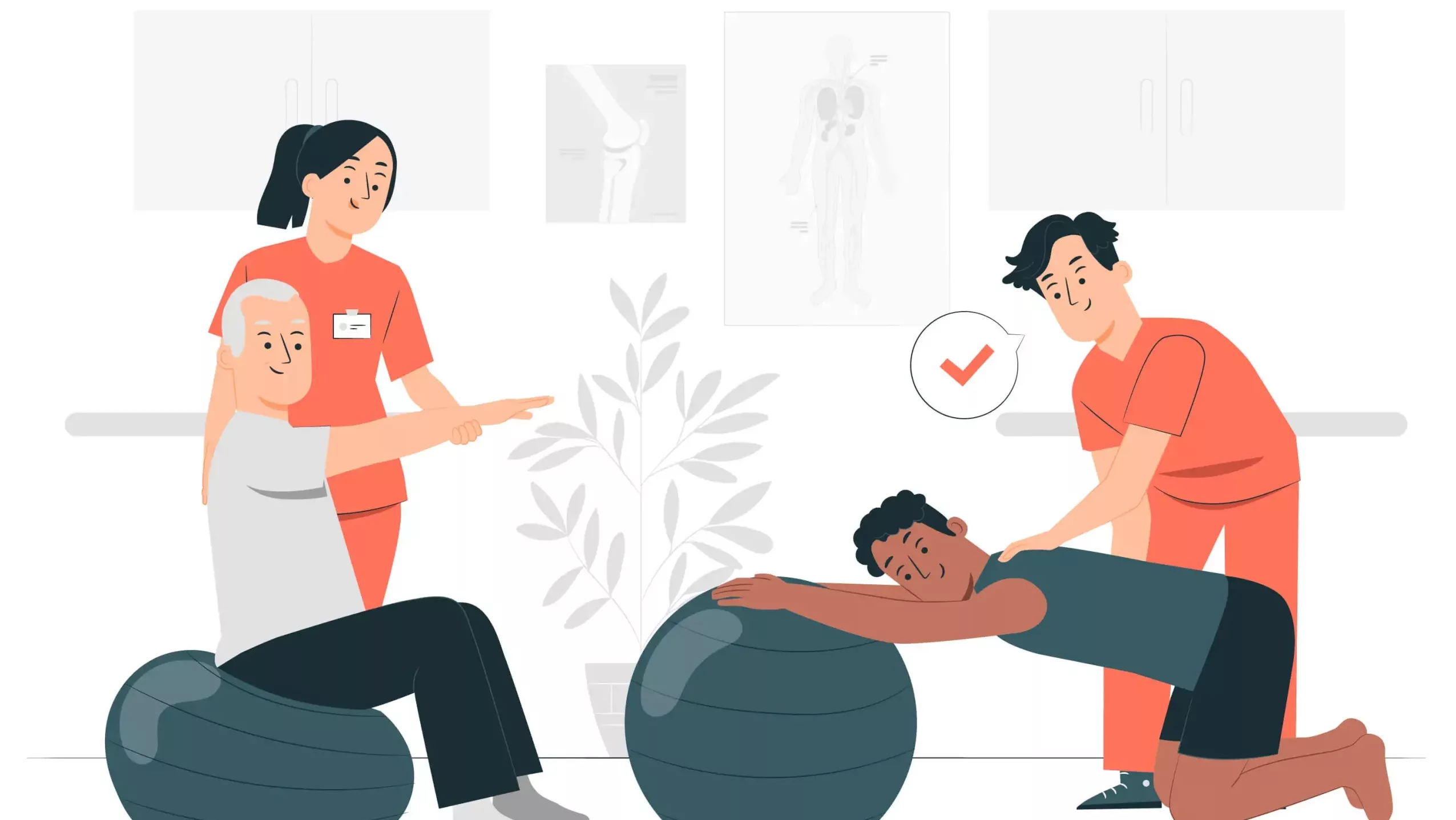
Sports rehabilitation is another option for physical therapists. While this is part of the general physical therapy field, it’s also a branch all its own. Those in this arena of PT can work with both amateur and professional athletes. You’d be helping them recover from injuries and prevent them.
You’d also help them enhance their performance. As a sports physical therapist, you might work in a clinic that’s dedicated to sports rehabilitation or a fitness center. You could also become part of a sports team’s dedicated medical staff.
Working with athletes of all levels, sports therapists focus on preventing and treating sports-related injuries. They also play a key role in enhancing performance and ensuring athletes can return to their sport safely.
Occupational Health
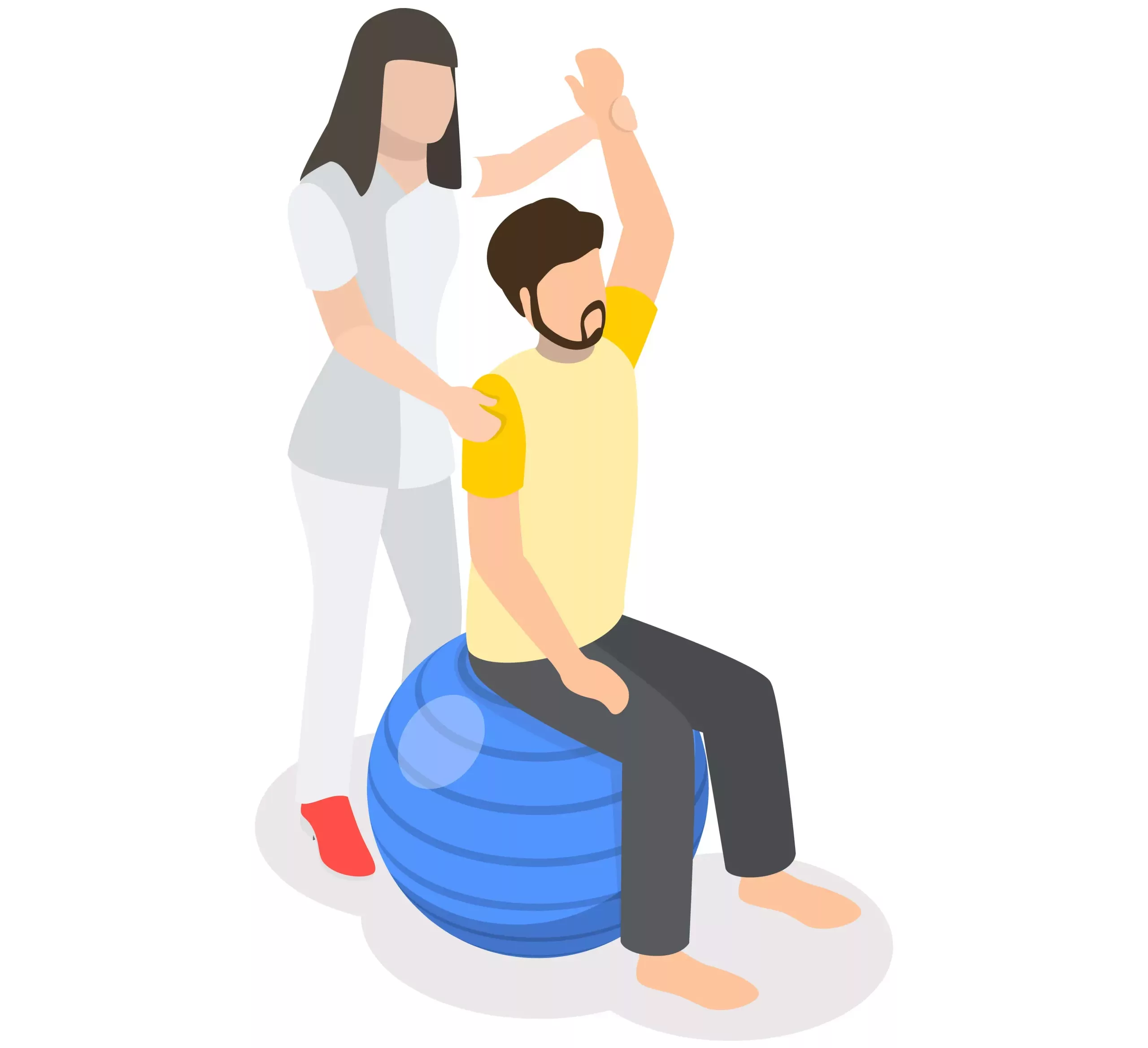
You could also become part of the occupational health field. If so, you’d work with businesses to ensure their employees’ physical health and safety. You might help with developing injury prevention programs. You might also be tasked with finding ways to improve employees’ workspaces and make them more ergonomic.
You’d likely help employees recover from injuries as well. PTs in this field often work in tandem with occupational therapists in offices, manufacturing facilities, and other places of employment.
One of the primary responsibilities of a physical therapist in occupational health is to develop and implement injury prevention programs. By analyzing job tasks and the physical demands they place on employees, PTs can identify potential risk factors for injuries.
They then devise strategies that might include stretching exercises, strength training, and education on proper body mechanics. These preventative measures are designed to mitigate the risks associated with repetitive motions, heavy lifting, and prolonged periods of sitting or standing, common in many workplaces.
Home Health
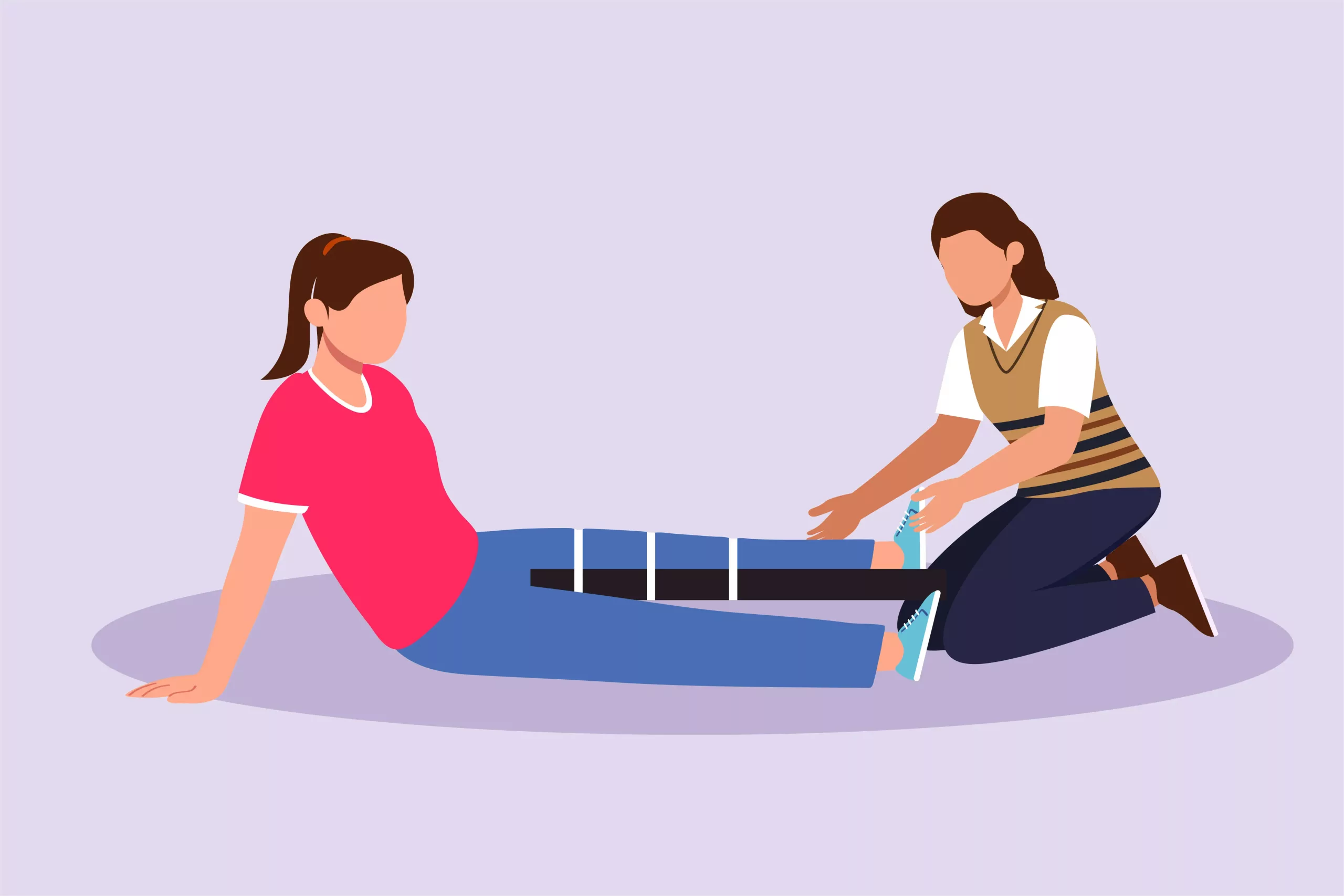
If you’d prefer to work with patients on a more personalized level, home health may be the right path for you. You could provide your essential services to patients in their own homes where they’re more comfortable.
Home-based physical therapy is a wonderful option for patients who are unable to travel to PT clinics or who simply prefer not to. This is a great way to build strong, one-on-one relationships with patients and better address their unique needs and challenges.
Home health physical therapy stands out for its ability to provide tailored care in an environment where patients feel most at ease. By stepping into a patient’s personal space, therapists gain insights into the real-world challenges their patients face.
Thus, allowing for the development of customized treatment plans that address specific needs and goals. This environment fosters a deeper understanding and connection between the therapist and patient, enhancing the therapeutic process.
Telemedicine
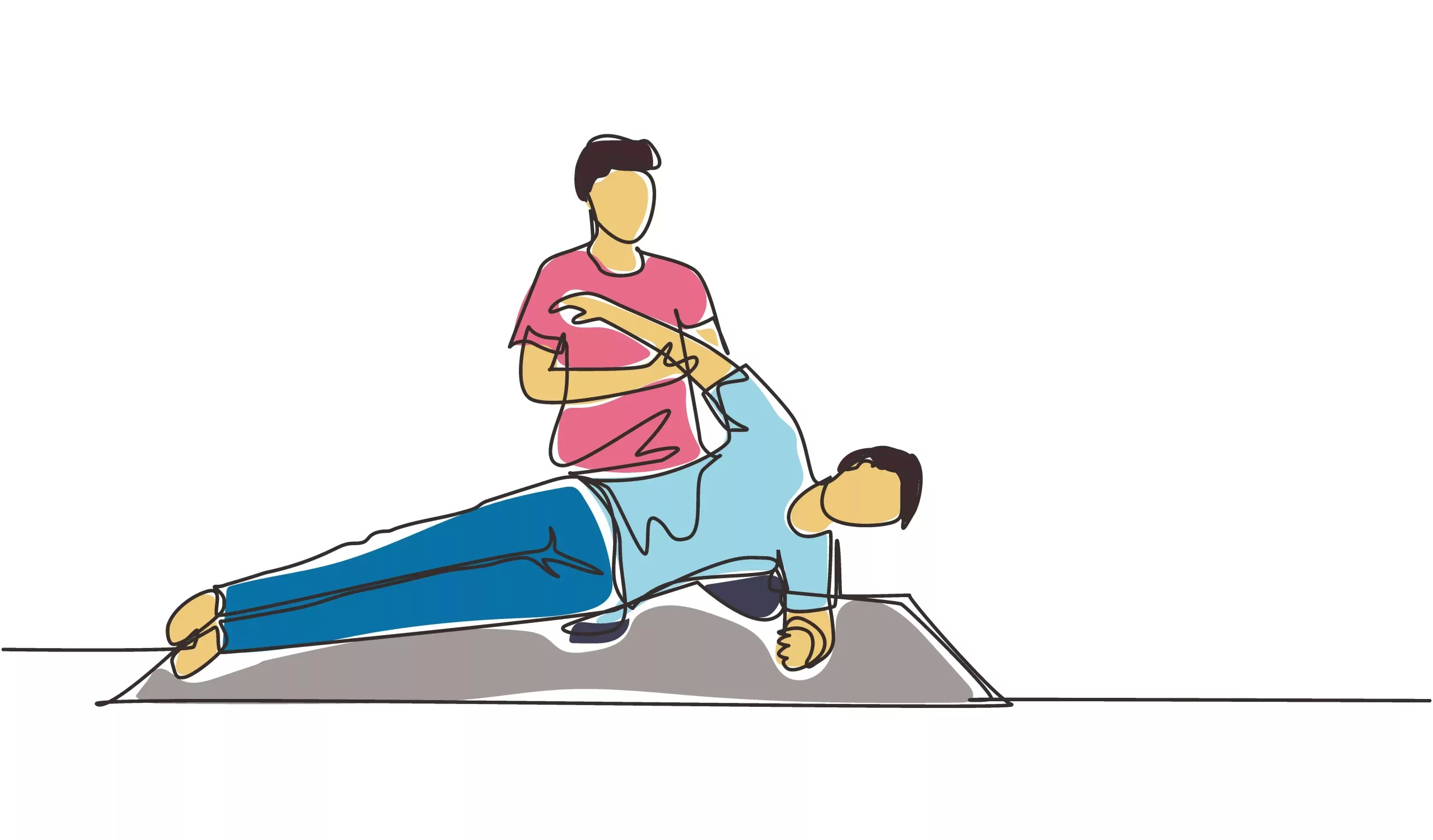
Telehealth has become an important part of the medical world at this point, and it’s likely to grow more common in the years to come. You could consider this a hybrid of sorts since it essentially combines home health and clinical practice. You could provide your services remotely to patients who might not have access to them otherwise.
This innovative mode of delivering healthcare services utilizes digital technology to bridge the physical distance between physical therapists (PTs) and their patients, ensuring that high-quality care is accessible even in the most remote or underserved areas. Let’s delve deeper into how telehealth is shaping the future of physical therapy and the unique advantages it offers.
Keep in mind that certain aspects of physical therapy may be a bit difficult to carry out without being in the same room with a patient. Because of that, PTs who provide telehealth services often combine them with in-person visits for the most effectiveness. Telemedicine could be part of your services no matter which branch of physical therapy you choose to pursue.
Finding Your Perfect PT Career Path
Physical therapy services are in high demand right now, and they’re expected to be even more sought-after moving forward. This is a multifaceted field with numerous paths to potentially follow. No matter which one you choose, you’ll be helping people overcome pain and chronic conditions and regain their mobility.
From children and the elderly to athletes and beyond, your services are sure to be an essential component of your patients’ recoveries.
Physical therapists possess a deep understanding of the human body and its mechanics. Their intervention is often critical in the recovery process, helping patients regain strength, flexibility, and mobility. Through a combination of exercises, hands-on therapy, and education, they empower individuals to take active roles in their recovery and manage their health.
Beyond physical rehabilitation, these professionals contribute significantly to enhancing the quality of life for their patients, allowing them to return to their daily activities, work, and hobbies.

